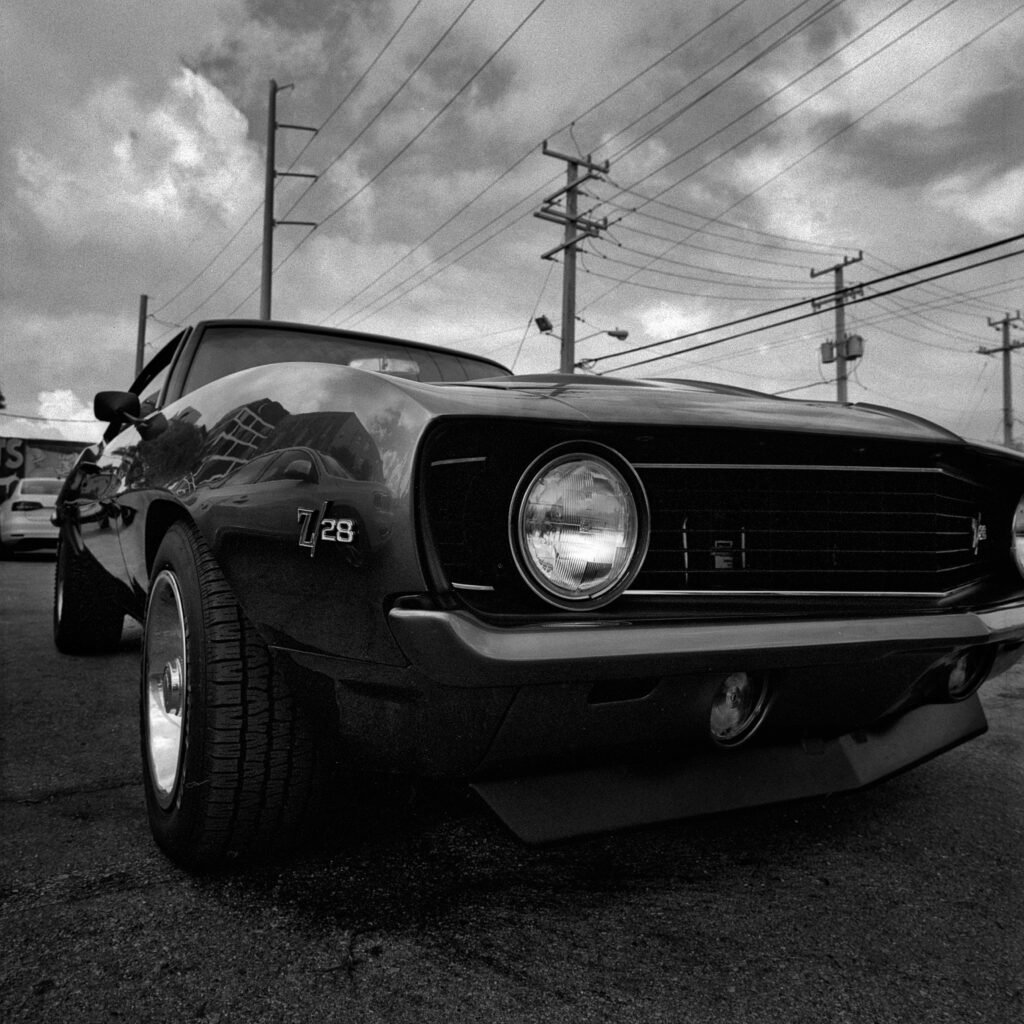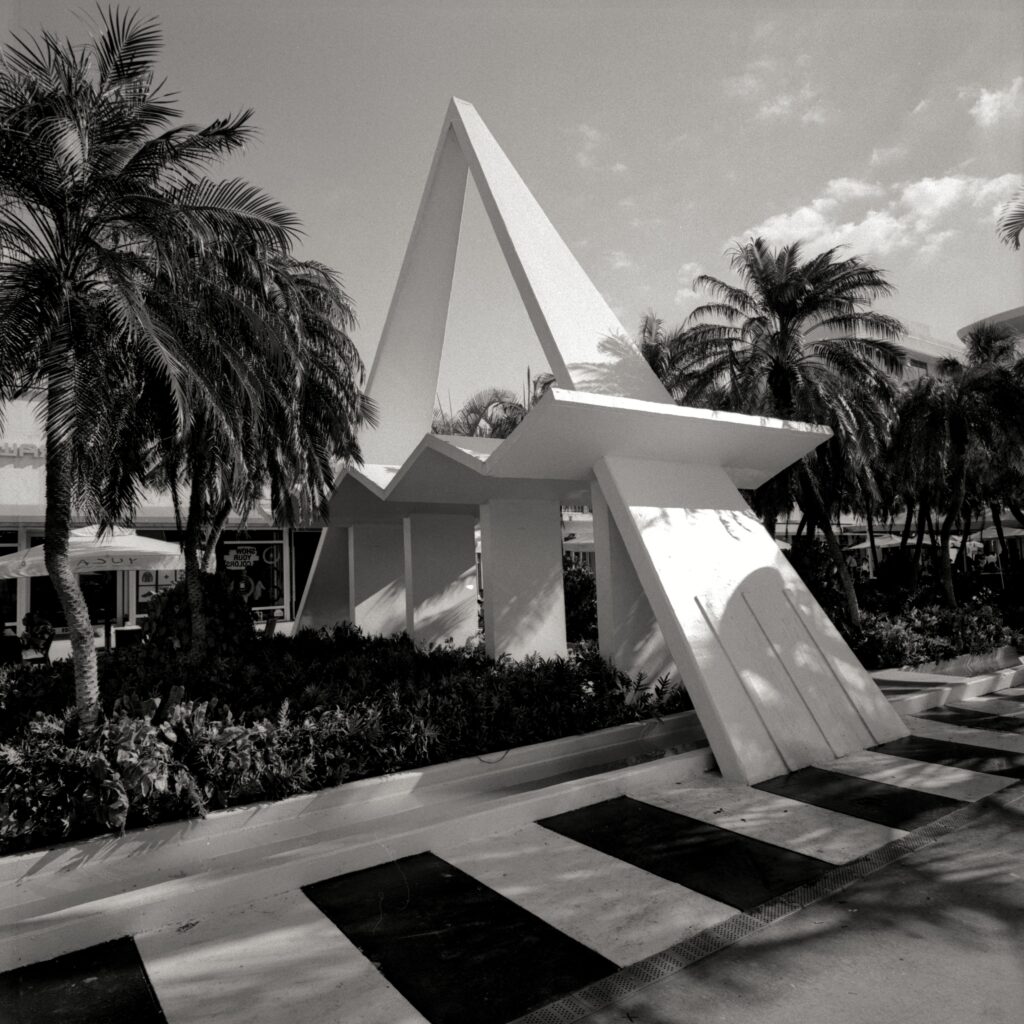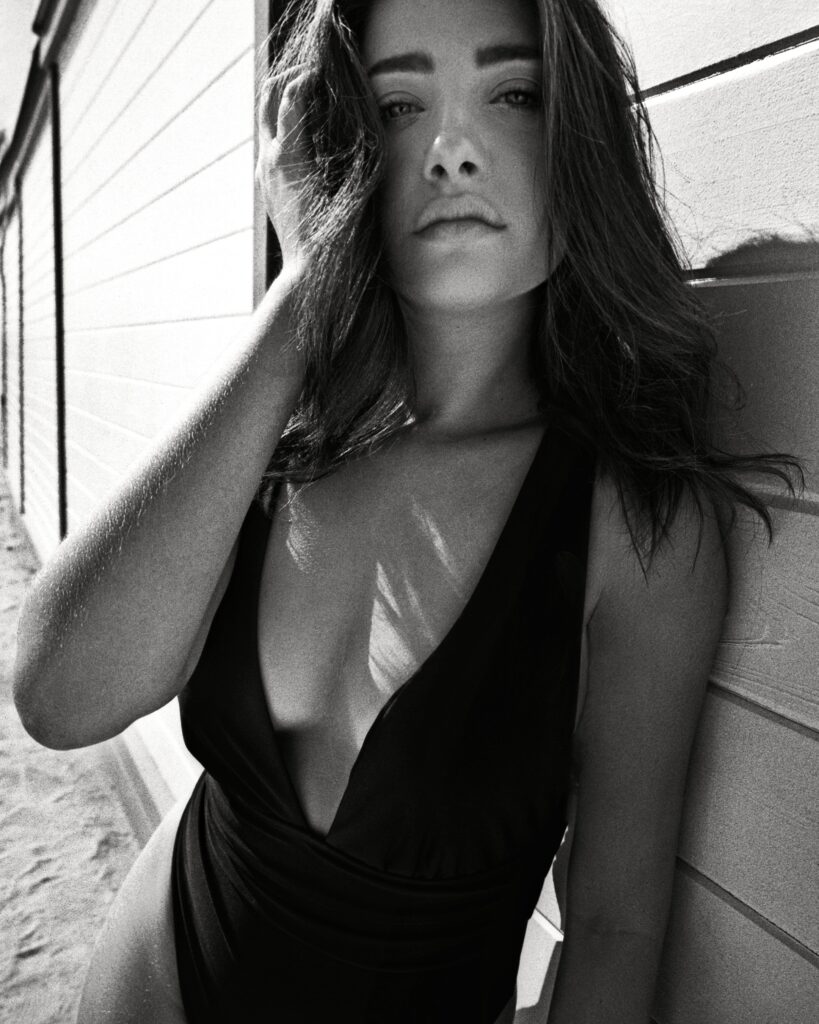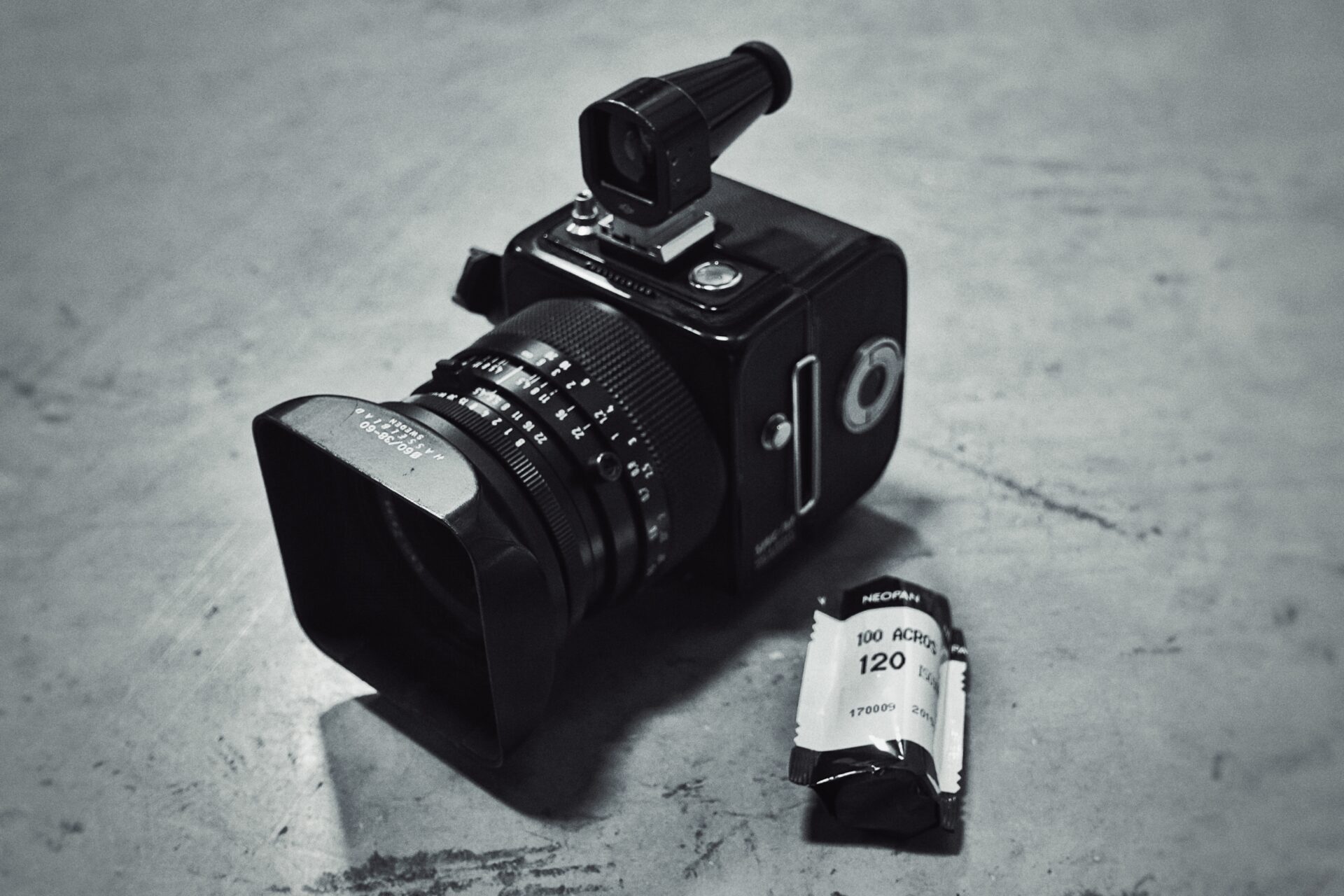First Impressions
The Hasselblad SWC, short for Supreme Wide Angle Camera, belongs to a special line of wide-angle medium-format cameras that first appeared in the 1950s and continued through the early 2000s with the 903 SWC. Every model follows the same general concept. It shoots 6×6 square negatives using standard Hasselblad film backs and features a fixed Carl Zeiss Biogon 38mm f/4.5 lens, which roughly equals a 21mm on 35mm film. The focusing is done through distance markings, though a ground glass back was optional for those who wanted critical focus. There is a built-in level inside the body or finder, a shutter button placed on top, and a solid feel that matches the reputation of every Hasselblad product. It looks like a compact block of metal with one of the best wide-angle lenses ever made attached to it.
The Evolution of the SWC Line
Before getting into my experience with the SWC/M, it is worth briefly looking at the earlier models and how the camera evolved over time.
The first version was the SWC released in 1954. It introduced the fixed Biogon 38mm f/4.5 lens, a completely new design that offered an incredibly wide field of view with minimal distortion. It used the same film backs as the 500 series, which gave it flexibility right from the start.
The SWC (1969 update) followed with some small refinements, mainly improvements to the finder and internal coatings on the lens.
In 1979, Hasselblad released the SWC/M, which became the most popular model. The “M” stood for “modified” or “modernized.” This version allowed for easier film back changes, had a redesigned lens mount area, and supported more of the accessories from the rest of the V-system line. It also featured small updates to the shutter mechanism and improved compatibility with later viewfinders.
The 903 SWC, introduced in 1988, brought multicoating to the Biogon lens and improved light transmission. It kept the same design but with slightly updated cosmetics. Finally, the 905 SWC, released around 2001, offered better lens coatings and minor ergonomic changes before Hasselblad ended the film-based SWC line altogether.
Each generation refined small details, but the heart of the system never changed. The Biogon lens, the square format, and the simplicity of design remained at the core of every model.
The One Hasselblad Camera I Wanted to Try
After owning nearly every common and uncommon Hasselblad film body, the one I had always wanted to try was the SWC/M. Finding one for a fair price was not easy, and even now, these cameras are not cheap. What drew me to the SWC/M in particular was that it seemed to offer the perfect balance between modern updates and the original design. It was refined enough to feel practical but still maintained the classic mechanical character of earlier Hasselblads.
I have always loved the square frame and wanted to experience this lens. Its wide field of view and clean rendering make it a unique option in medium format photography. Because it uses regular Hasselblad backs, it fits easily into the rest of the system I already know. The body feels compact, but the large finder that sits on top makes packing it up tricky. You need to remove the finder to store it, and then you have to find a spot for it in your bag. Once you spend time with it, though, it starts to make sense and becomes easier to handle.
Shooting Experience
If you have used a Hasselblad before, the SWC/M will feel familiar in most ways. The biggest difference is the lack of a focusing screen. Everything is based on zone or distance focusing. This works fine for wide shots since the depth of field is generous, but the real challenge is composition. The stock finder can feel awkward with noticeable distortion, which makes framing a bit of a guessing game.

Later, I found a Voigtlander angle finder, and that changed everything. Being able to look down from above made the experience smoother and more natural. The view was clearer and easier on the eyes. I would say this is the best way to enjoy shooting with the SWC/M, though even finding that finder can be a challenge. Once you have it, the difference it makes is worth it.
Image Quality
The Carl Zeiss Biogon lens is a masterpiece. It produces crisp, clean images with almost no distortion. When stopped down, the sharpness and depth of field are exceptional. The colors are neutral, and the rendering feels natural and balanced.
Many of the best photographs taken with this lens are landscapes. The clarity and detail across the frame make it perfect for scenes that require precision and depth. Still, I have seen photographers use it in more creative ways, such as close-up portraits with flash, which look fascinating. That versatility is what drew me to this camera in the first place. It encourages experimentation and rewards patience.

Why I Am Not Letting It Go
The SWC/M is an example of engineering done right. It is simple, durable, and unique. Most photographers who own one speak highly of it, and I can understand why. I enjoy mine enough to keep it. In fact, it is the only Hasselblad body I still own. I sold the rest of my cameras and lenses, except for a Zeiss Planar that I had converted for my Pentax 67 II. The SWC/M stands alone in my collection because it feels like no other camera I have ever used.
If you still want a wide view in the Hasselblad system, the 500 series offers 40mm and 50mm lenses that deliver a similar perspective. But since I knew I would eventually sell my other setups, I did not want to invest in more lenses I would later part with.
For anyone seeking a self-contained medium-format camera that shoots a square frame with a true wide-angle perspective, the Hasselblad SWC/M remains unmatched. It may not be the most practical camera to carry around, but if the idea of shooting with one excites you and your budget allows it, it is absolutely worth trying at least once.




